From Vine to Glass: Exploring Italy’s Quintessential Wines
Explore the allure of Italian wines in this captivating blog! From the bold Barolo of Piedmont to the sparkling Prosecco of Veneto, uncover the unique flavors, traditions, and regions that define Italy’s vinicultural heritage. Dive into the history of these exceptional wines, learn about the craft behind their production, and discover the breathtaking landscapes that bring them to life. Whether you’re a wine connoisseur or an adventurous traveler, this blog offers an inspiring look at Italy’s timeless winemaking legacy. Cheers to your next Italian adventure!
Allure of Italian Wines
Italy is a land of breathtaking landscapes, rich history, and culinary wonders, but for wine enthusiasts, it is nothing short of paradise. From the rolling hills of Tuscany to the charming vineyards of Piedmont, Italy offers a diverse array of wines that reflect its cultural heritage and passion for craftsmanship. Join us as we explore five of Italy’s most celebrated wines and the regions that bring them to life.
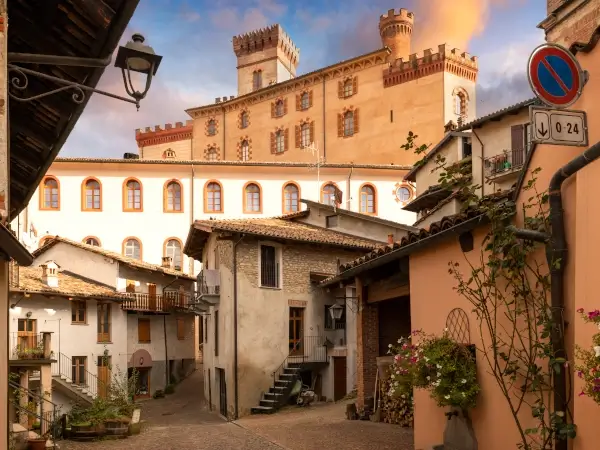
Barolo: The King of Wines
Known as the “King of Wines,” Barolo originates from the Langhe region in Piedmont, specifically in the areas surrounding the town of Barolo. This prestigious wine carries a DOCG designation, ensuring strict production regulations that uphold its quality and tradition.
Barolo’s garnet hue, bold flavor, and exceptional aging potential are attributed to the Nebbiolo grape, the sole variety used to craft this wine. Classic aromas of roses, tar, and cherries mingle with notes of dried red fruit, licorice, and espresso, creating a complex flavor profile. The wine’s high tannin and acidity provide its structure and remarkable longevity, with aging requirements of at least three years—18 months of which must be in oak barrels. For Barolo Riserva, this process extends to 62 months.
Despite its title, Barolo’s history spans just 700 years, beginning as a high-volume dessert wine. The modern Barolo we know today emerged in the 19th century, though its evolution was not without challenges. The Great Depression, two world wars, and the “Barolo Wars” between traditionalists and modernists shaped its journey. Today, Barolo stands as a testament to the Langhe region’s dedication to excellence.
Beyond the wine, the Langhe region offers plenty to explore. Visit Alba for its history and charm, or marvel at the Castle of Grinzane Cavour, a UNESCO World Heritage site surrounded by breathtaking vineyards. For panoramic views, venture to the Sacra di San Michele in the Susa Valley.
Barolo is more than a wine; it’s a symbol of tradition, passion, and the artistry of Italian winemaking. A sip of Barolo is a sip of Piedmont’s rich heritage.
Brunello di Montalcino: Tuscany’s Crown Jewel
Nestled in the Val d’Orcia region of Tuscany, Brunello di Montalcino is revered as the crown jewel of Tuscan wines. Its name is derived from Montalcino, the charming hilltop town where this exceptional wine is produced.
Crafted exclusively from Sangiovese grapes—locally known as Brunello—this ruby-red wine boasts a full-bodied flavor and a captivating aroma. Notes of aromatic wood and berries are complemented by flavors of chocolate, black cherries, blackberries, leather, and violets. With age, Brunello develops additional layers of complexity, revealing hints of fig, vanilla, and spice. Its medium to high tannins and high acidity contribute to its balance and aging potential. Brunello must age for at least two years in oak or chestnut barrels, followed by four months in the bottle, and cannot be released for consumption until the fifth year after harvest. Riserva wines require six years of aging.
Montalcino itself is a treasure trove of history and culture. The Abbey of Sant’Antimo enchants visitors with its stunning architecture and serene atmosphere, while the town’s Piazza del Popolo offers a lively setting with charming cafes and restaurants.
Whether enjoyed amidst the rolling Tuscan hills or paired with a traditional meal, Brunello di Montalcino is a testament to the region’s winemaking mastery. It’s a timeless experience for wine lovers and travelers alike.
Amarone della Valpollicella: Veneto’s Rich Treasure
In the picturesque hills north of Verona lies Valpolicella, the birthplace of Amarone della Valpolicella. Renowned for its rich, concentrated flavors, this wine is one of Veneto’s most celebrated treasures.
Amarone is crafted primarily from Corvina, Rondinella, and Corvinone grapes, with up to 25% of other red grape varieties allowed. What sets Amarone apart is the “appassimento” process, where grapes are dried for months to concentrate their sugars and flavors. This technique results in a higher alcohol content, typically around 15% or more, and a robust flavor profile. Despite the concentrated sweetness from the drying process, Amarone remains a dry red wine. Its deep red color and complex flavors of dried cherries, plums, spice, and cocoa are complemented by a unique raisin-like aroma.
Valpolicella’s proximity to Verona and Lake Garda makes it an ideal base for exploration. Stroll through Verona’s romantic streets or enjoy the lakeside charm of Lake Garda. For a blend of history, art, and wine, visit Villa della Torre, a 16th-century masterpiece owned by the Allegrini family, one of Valpolicella’s most prestigious wine producers.
Amarone della Valpolicella is more than a wine; it’s a reflection of Veneto’s passion for innovation and tradition.
Chianti Classico: A Taste of Tradition
In the heart of Tuscany lies the Chianti Classico region, a historic area celebrated for its iconic wines. With its vibrant flavor profile and deep-rooted traditions, Chianti Classico is a cornerstone of Tuscan winemaking.
To earn the Chianti Classico designation, wines must consist of at least 80% Sangiovese grapes, with up to 20% of other approved varieties like Canaiolo or Colorino. The wine’s aging process enhances its character, ranging from 12 months for Chianti Classico Annata to 30 months for Chianti Classico Gran Selezione. Its ruby-red color and medium-bodied structure are paired with flavors of tart cherries, raspberries, and red oranges, accented by earthy notes of black tea, leather, and white pepper.
The Chianti Classico region itself is a feast for the senses, with rolling hills, olive groves, and medieval villages. Explore towns like Greve and Castellina, or attend the annual Chianti Wine Festival in Greve to sample local vintages. The iconic Black Rooster symbol on every bottle is a mark of authenticity and ties to the region’s heritage.
Chianti Classico is more than a wine; it’s a celebration of Tuscany’s enduring winemaking legacy.
Prosecco: Italy’s Sparkling Delight
In the Veneto region, the hills of Conegliano and Valdobbiadene are the heart of Prosecco production. Known for its light, refreshing character, Prosecco has become a global symbol of celebration.
Made primarily from Glera grapes, Prosecco delights with its crispness and delicate bubbles. At least 85% of the blend must consist of Glera, with the remaining 15% coming from other approved varieties. Prosecco’s flavor profile features notes of green apple, honeysuckle, and pear, with floral and creamy undertones. Unlike other sparkling wines, Prosecco is produced using the Charmat method, where the wine undergoes secondary fermentation in stainless steel tanks. This technique preserves its fresh, fruity flavors.
The Conegliano and Valdobbiadene region offers more than just wine. The scenic Prosecco Road (Strada del Prosecco) winds through rolling vineyards and quaint villages, while Conegliano’s castle and Civic Museum provide a glimpse into the area’s history. The region’s proximity to Venice makes it an excellent base for exploring one of Italy’s most iconic cities.
Prosecco is more than a sparkling wine; it’s a celebration of life, joy, and the artistry of Italian winemaking.
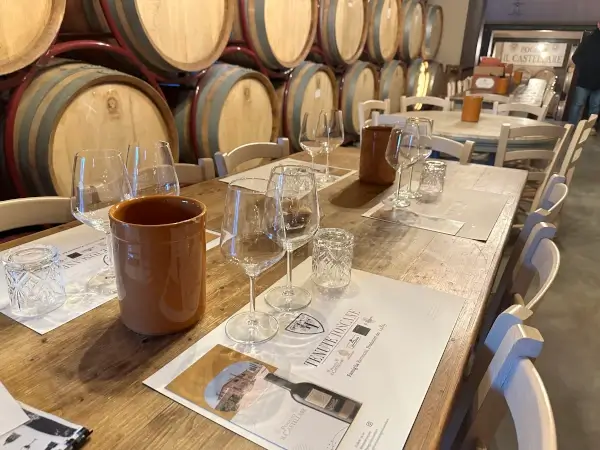
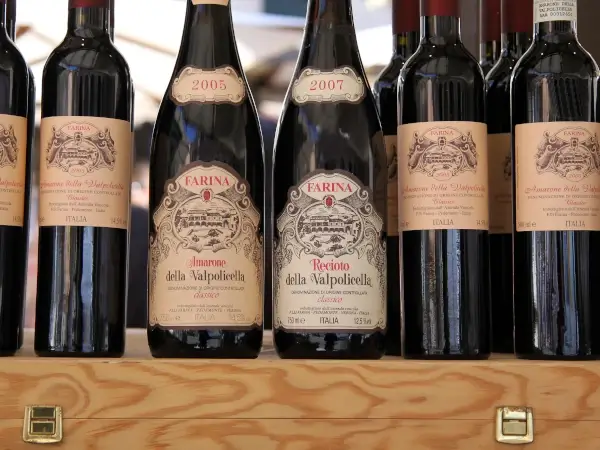
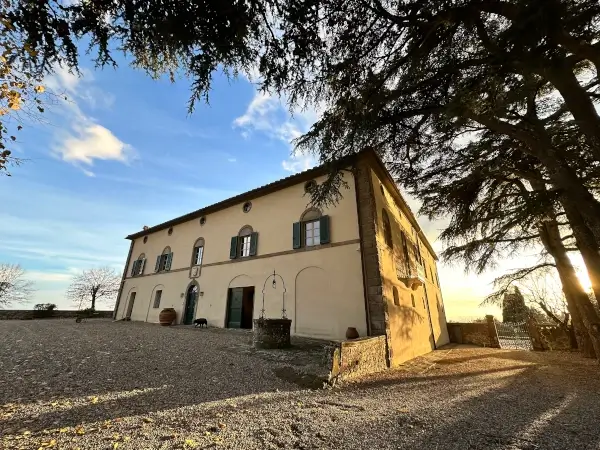
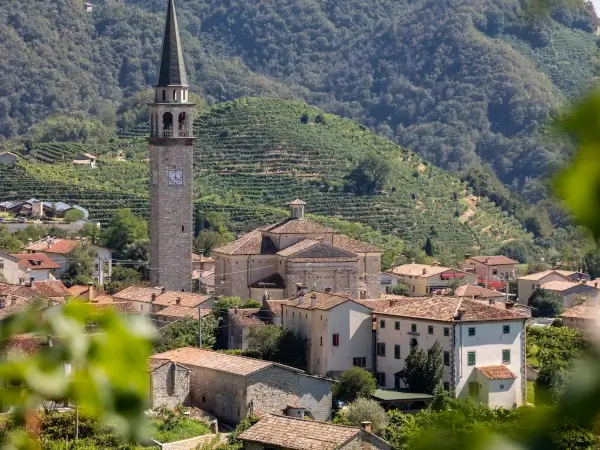
A Toast to Italy’s Vinicultural Heritage
Italy’s wine regions are as diverse as its wines, each offering a unique story and taste experience. Whether you’re a seasoned sommelier or a curious traveler, exploring these iconic wines will deepen your appreciation for Italy’s vinicultural heritage. So, raise a glass and savor the flavors of Italy!